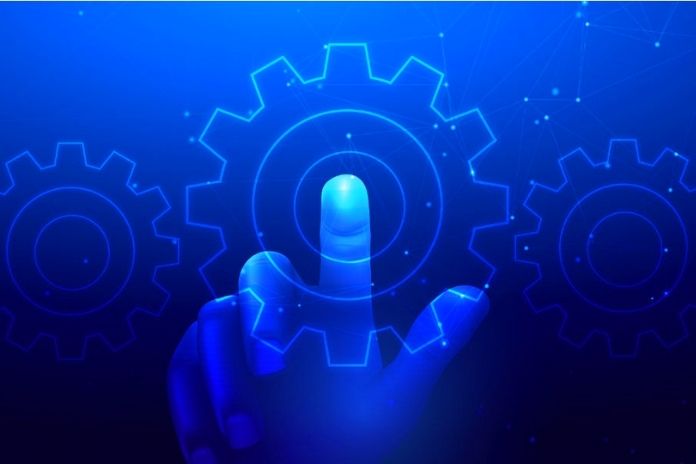Customer acquisition and automating specific tasks are not the only jobs facilitated by Marketing Automation. There are also after-sales actions that leverage your company’s results, encouraging those who are already customers to make new purchases and upgrades, among others.
We raised the most actionable ideas to apply Marketing Automation in post-sales and addressed four types of flows that can – and should – be done with this tool to generate more results.
Activation Flows
The more complex your product, the greater the need to show initial value so that the customer is not disappointed and stops using your solution before they even know its potential. In these cases, we use flows focused on activating new customers.
Their main objective is to send a series of emails to show the customer what actions they should take – and in what order – to extract this initial value. This also allows you to gain productivity, as many customers will do the activation themselves, saving consultants time.
An example: if you sell task management software, you can think of a simple flow of three emails that guides the customer through the basic actions of the application:
- Email 1: Welcomes and suggests creating a to-do list for the week;
- Email 2: An email with the tasks registered and a reminder telling you to mark those that have already been completed;
- Email 3: Suggests creating a shared list with more users to manage tasks that require more than one person.
Of course, the example above is specific to software, but this activation is applicable in any context with a product and a customer. Just you, knowing what value you want to deliver to the consumer, transmit it through a flow.
Retention Flows
Another extremely efficient use of Marketing Automation is avoiding cancellations and retaining customers in an automated way. The suggestion is to create flows to collect constant opinions and comments from the customer base, which can be done using NPS (Net Promoter Score).
If your company has information about the use of the product ― for example, what features the customer has used, how long has he not logged in, how long has he not used a specific tool that is considered essential to extract value ― the flow of retention becomes even easier to do.
Using the example of task management software, a retention flow would be:
- The software identified that for more than three days, the customer did not mark a task as done, and there are pending and overdue tasks;
- The automation email says, “So-and-so, have you done these tasks yet? Mark them as done and move on to the next one!”” and even offers material on time management for the customer to gain more productivity.
Finally, on retention, another interesting case is bringing customers back. If you’ve lost some customers, use these flows to understand what happened or make a good return proposal. Especially if your company has a recurring revenue product, avoid and recover churns is one of the main ways to ensure sustainability.
Flows For Upsell/Cross-Sell
Growing together with your client is something of great value to both sides. Splitting your product into several versions ― from a basic understanding for beginners to more advanced versions ― is a great way to capture all kinds of demand in your segment.
Selling your product upgrades via Marketing Automation can bring great returns at minimal cost for those who already do. You certainly have a metric that identifies which customers are using your product very well and not. Identified the customers who were and offered exactly what they needed.
In the example of task management software, a case would be:
- The software identifies that a customer is highly engaged;
- Automation sends an email offering more advanced functionality like attaching files to tasks, adding subtasks, categories, etc.
In other cases, if your product does not have a version to offer upsell but has a series of complementary products, a good option is to work cross-sell. An example of this is an insurance company that sells auto insurance and then offers new insurance (life, home, etc.).
As with all Marketing Automation, the more you can segment and act personalized with the customer, the better the results will be. Look for ways to understand what each customer group is interested in and deliver value to your customer instead of being a boring salesperson.
Referral Flows
Referral marketing has a great power to bring in new customers from the existing ones. This is something clear: if a friend you trust buys a particular product and believes that it can also benefit you, you will probably listen more and test it.
The same is true in virtually every market, and one of the main benefits is that this is an excellent yardstick for whether you’re doing a good job and having the lowest possible acquisition cost.
In the case of task management software, a flow would be:
- In the retention flow, you identified that specific customers gave the company an excellent NPS;
- Automation sends an email thanking you and asking you to recommend the software to a friend and give a discount or a free month if that friend registers.
A good strategy is to consolidate a referral policy and use Marketing Automation to spread the idea. Bonus those who evangelize your brand and your product, bringing more revenue to your company. In addition to the relationship between supplier and customer, you can be a business partner.
Also Read: Small Business Marketing Strategy

